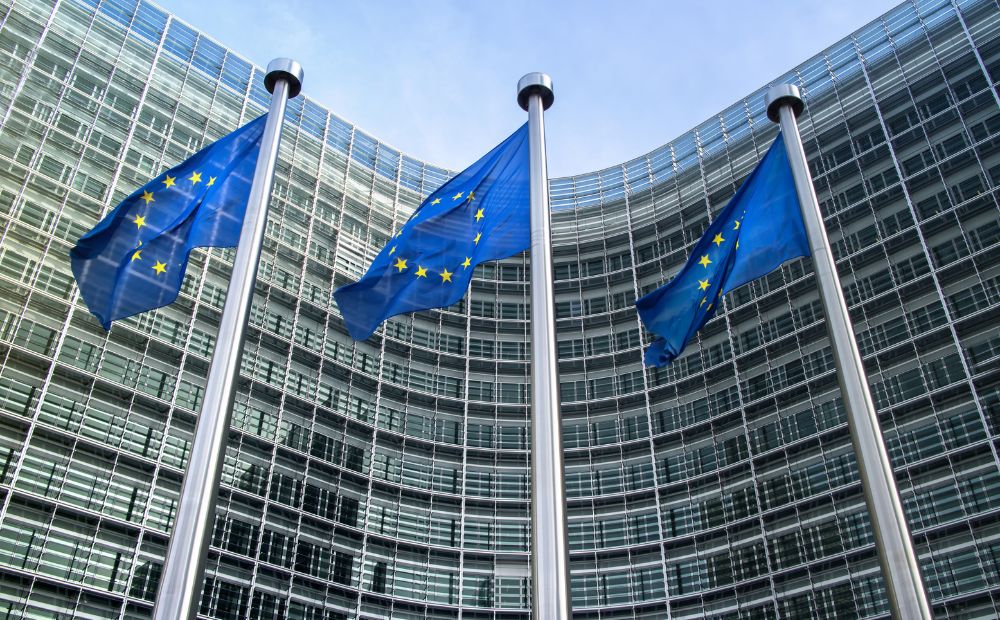Finland has responded to the EU’s early warning concerning the recycling rate of plastic packaging

The European Commission issued an early warning in June 2023 to EU member states whose recycling rates risk falling short of the EU’s 2025 targets. The recycling of packaging waste is, in general, on the right track in Finland, but the recycling rate of plastic packaging would need to be increased, according to the early warning given to Finland. Achieving the recycling target for municipal waste has also proved to be challenging.
The recycling rate of packaging waste in Finland was 61% in 2020, which means that it is likely that the 65% recycling rate target for 2025 will be reached. Each packaging material also has its own specific recycling target. Finland will achieve the targets for all materials except plastics. Achieving the recycling target for plastic has been a challenge for most EU countries.
The recycling rate of plastic packaging in Finland was 26% in 2020, while the target for 2025 is 50%. Other countries, such as Denmark and Latvia, are in the same situation as Finland in terms of recycling plastic. Investments have been made in the collection and recycling of plastic packaging, so we can expect to see improvement in the recycling rate.
The collection network for plastic packaging expanded
The separate collection of consumer plastic packaging began in Finland in 2016, when the Rinki eco take-back point network was established. Collecting plastic packaging for recycling is, thus, a fairly new system in Finland, unlike many other packaging materials. This partly explains why the recycling rate of plastic is lower than that of other packaging materials.
Investments have been made in the collection of plastic packaging this year. 300 Rinki eco take-back points across Finland started collecting plastic packaging in summer 2023, which brings the number of Rinki points that accept plastic packaging to about 1,000. The national obligation under the Waste Decree came into force at the same time, which means that there must be a separate collection container for plastic packaging in all residential properties across Finland with at least five households. Rinki eco take-back points together with the collection from residential properties form the packaging collection network for packaging from households.
Now that significant investments have been made in the collection of plastic packaging in Finland, it is necessary to monitor the results and encourage people to recycle plastic packaging more actively.
“It’s essential to patiently watch how the recycling rate of plastics increases now that there is a more comprehensive collection network for plastics,” says Rinki’s CEO, Juha-Heikki Tanskanen.
The volumes recycled at the new collection points for plastic are being monitored. It will take a while for consumers to find the new collection points and start using them.
“We’re receiving data on the amount of plastic packaging collected in various parts of Finland. If we notice any differences between regions, we can target our efforts in the right place,” explains Tanskanen.
The new calculation method and the number of rejects explain the recycling rates
One of the explanations for the low recycling rate of plastic packaging waste is the new calculation method introduced in the EU in 2020. It excludes the amount of rejects, i.e. plastic that is taken to be recycled but cannot be refined into recycled material. The new calculation method also takes into account the amount of plastic packaging that is brought to the market by parties other than producer organisations. The recycling rate for plastic packaging in Finland is 26% using the new calculation method, while it was 45% when the old one was applied. The change in the calculation method thus had a significant impact on the recycling rate of plastic packaging.
The recycling rate of plastic is also affected by the fact that the proportion of rejects in plastic recycling is higher than in other packaging materials. Glass, for example, is easier to recycle as there are far fewer types of glass.
“There are many types of plastics, and multi-plastic packaging is difficult to recycle,” Tanskanen explains the reasons behind the number of rejects. Multi-plastic packaging consists of two or more different types of plastic. However, progress is being made in plastic recycling so that it will be possible to separate more types of plastics for recycling.